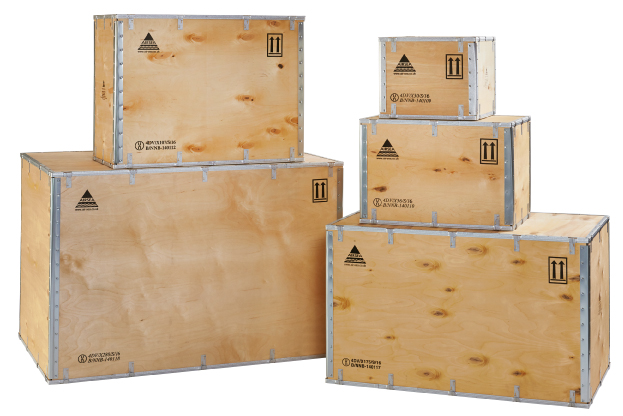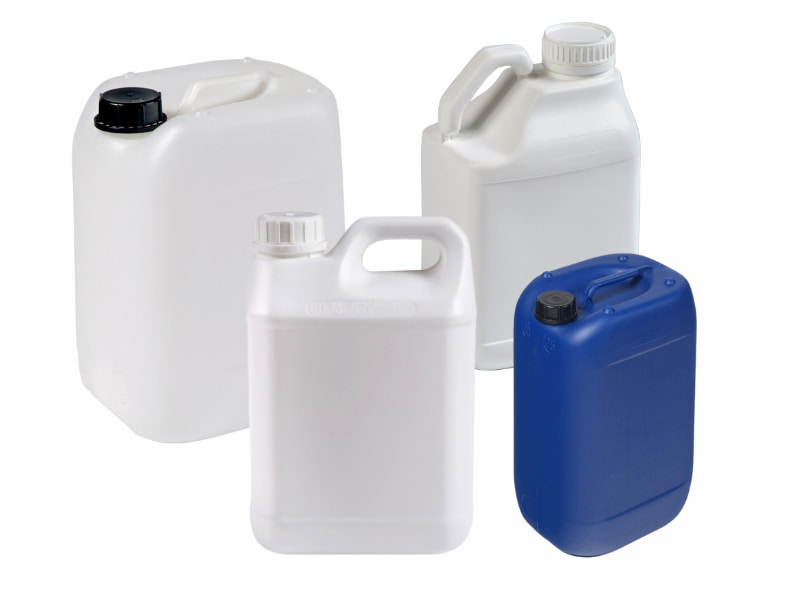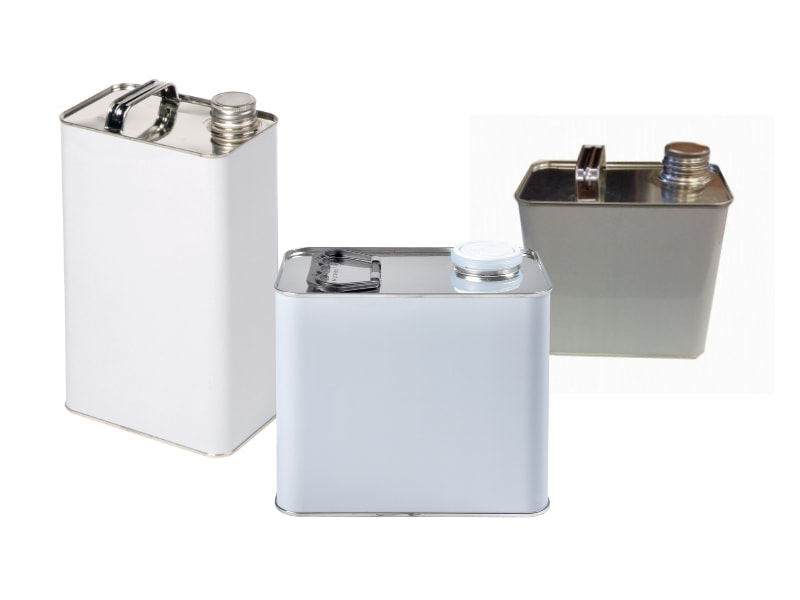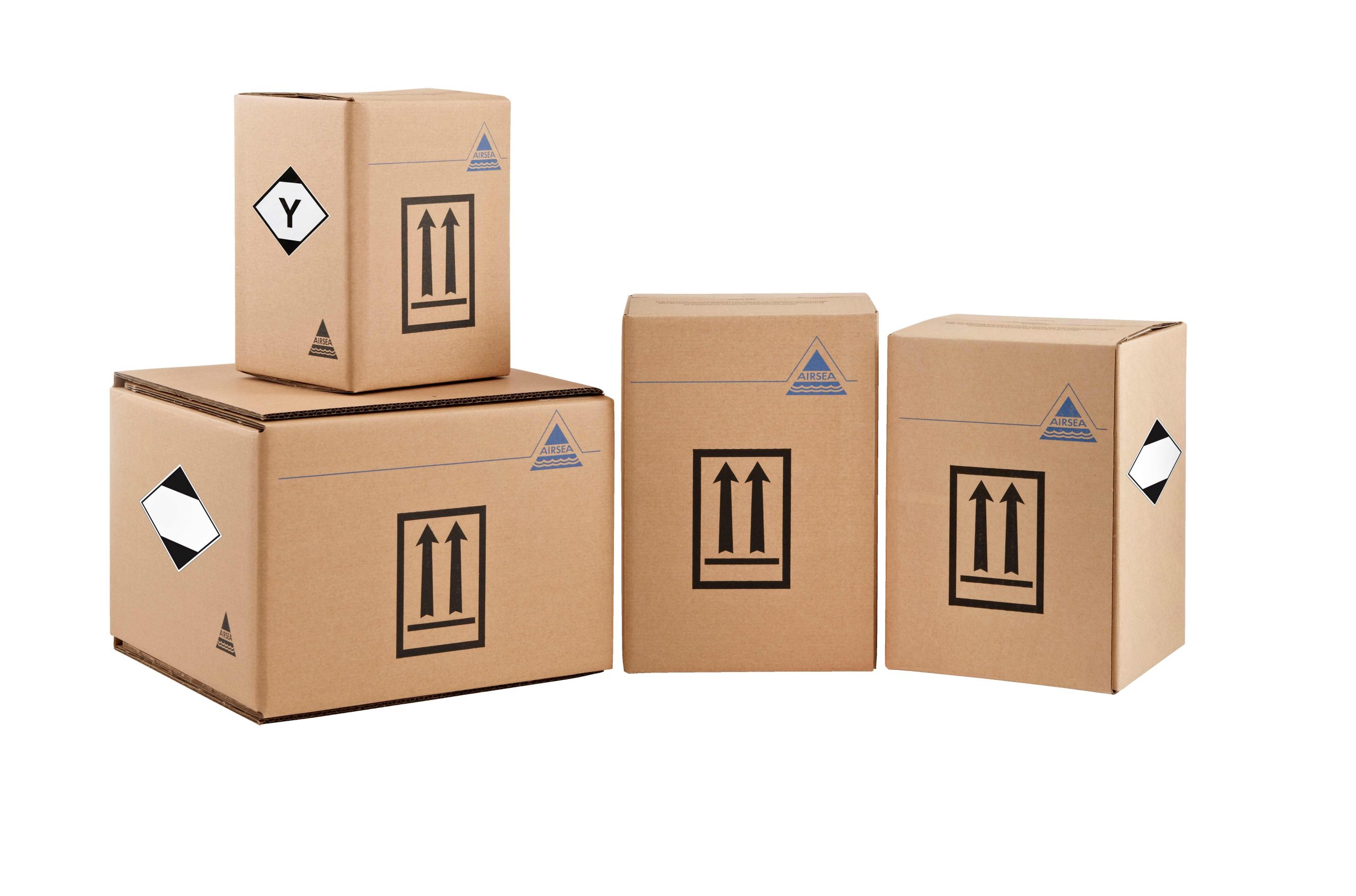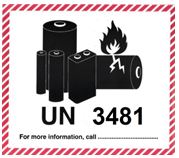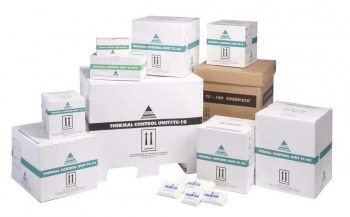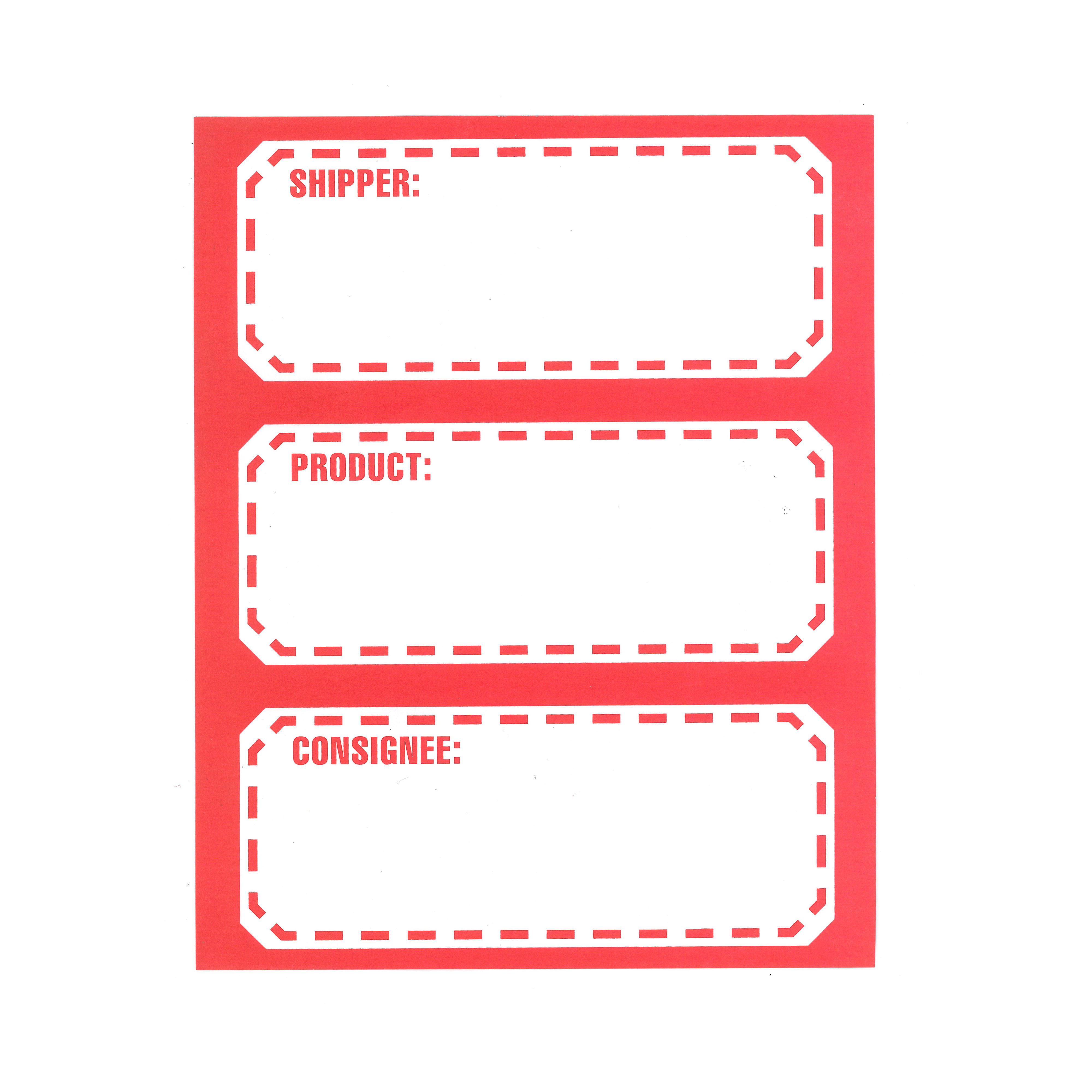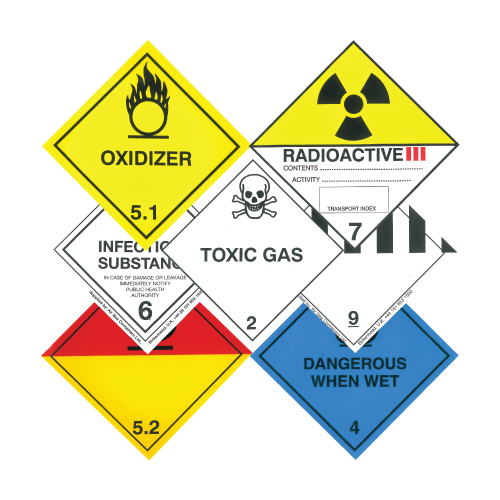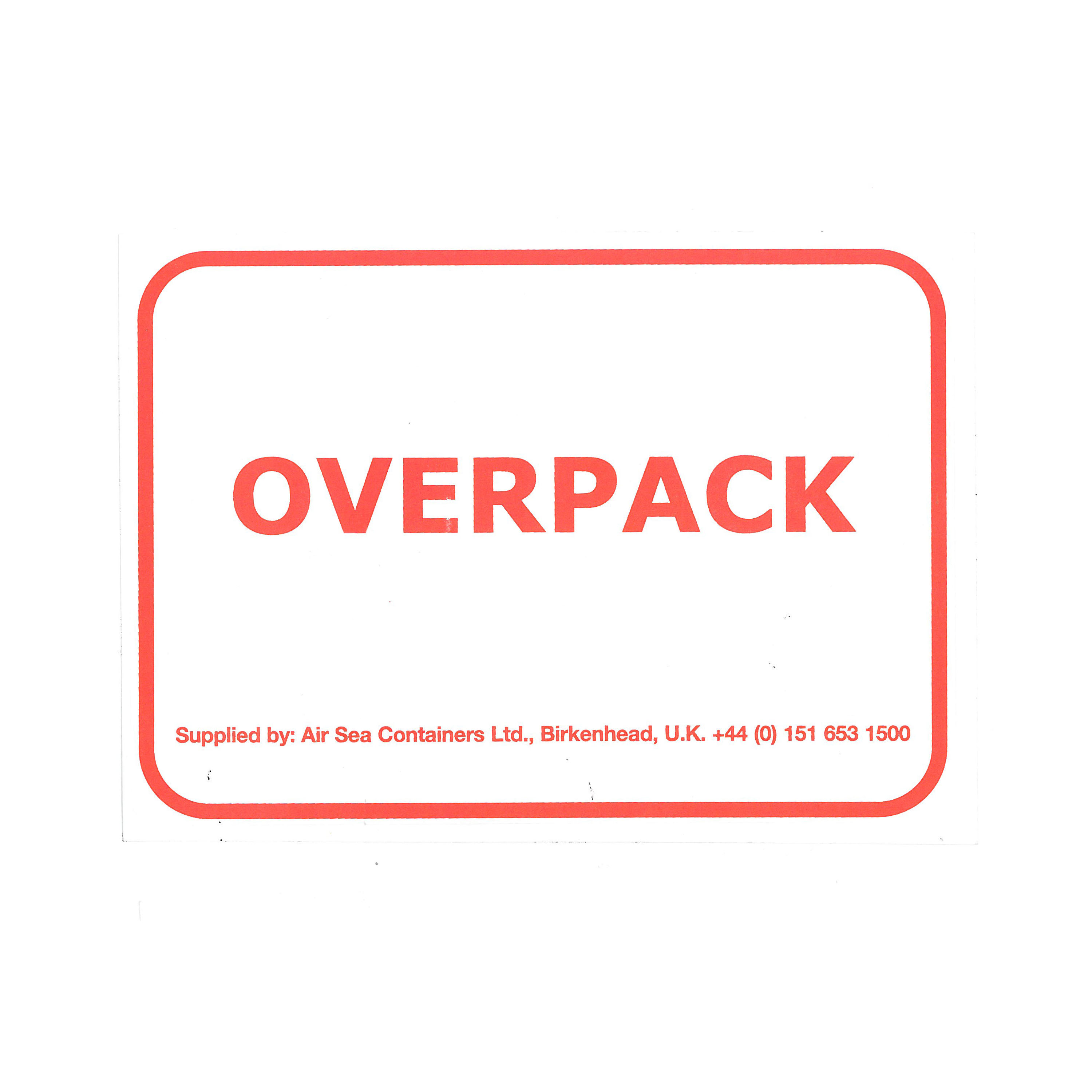UN-approved packagings are subject to levels of advanced testing above those needed for standard everyday boxes and containers. The reason for this is because of the level of risks associated with shipping hazardous goods (also sometimes referred to as hazardous materials).
The more serious the risk posed by the substance(s) being shipped, then the more strict a packagings compliance checks and requirements become.
Packing Groups, as standard, are given different levels of criteria. For instance, PG III – the least strict of the three – requires, in its most basic circumstances, a 0.8m drop test. PG II requires a 1.2m drop test and PG I – the most strict, housing substances deemed as having a high level of risk, – requires a 1.8m drop test. Note: packagings within each of the three groups may still require a more strict test regime. For clarity, shippers should read individual Packing Instructions.
There are a wide range of packaging tests used in the UN packaging approval process. Summarily, these are:
Drop Packaging Test
Whereby a number of packagings – or inner packagings – are dropped from a particular height (See Packing Groups and Packing Instructions for clarification). The aim of a drop test is to subject packagings to circumstances that they may meet during transport.
Certain packaging types require samples to be dropped in specific positions; i.e. fibreboard boxes require samples to be dropped on their bottom, side and corner as to properly test the performance standards of the packaging.
Leakproofness Packaging Test
The aim of a leakproofness test is to identify whether or not a package can withstand being under water for five minutes, at which time an internal pressure is applied, without any dispersal of liquids. Due to the dangerous nature of a lot of classified substances, the ability to prevent leaks is crucial.
Pressure Packaging Test
Hazardous goods often come into contact with different levels of pressure in the transport process; particularly when being sent via air. Therefore it may be a requirement for packaging to be able to withstand levels of pressure. 95kpa is a common example of a pressure that inner packagings may be required to withstand.
Stack Packaging Test
During a stack test, packagings are stacked up to a particular height for a period of time to assess how strong the packagings are – it is likely that at some point in the transport process that another package will be placed on top, therefore this test aims to ensure that packagings for hazardous goods are strong enough to withstand common conditions of transport.
Burst Packaging Test
A burst test requires a second pressure test to be applied. This time, the pressure is increased by 20% of the pressure that was used in the initial pressure test. In order for the test to be deemed a success, there must be no leakages.
Puncture Packaging Test
In a puncture test, packages are subjected to a cylindrical steel rod being dropped vertically in attempt to penetrate the package. For this test to pass, the primary receptacles used must contain any leakages. There is an allowance for the secondary packaging to be affected, providing the primary receptacles are not.
There are other forms of packaging tests that apply only to a small number of hazardous goods. These include:
- Hot Water Bath Test
- Leakage Test (Not the same as a leakproof test)
Contact us for more information on UN packaging and Testing services
Information correct at time of publishing, 11th May 2018
 US
US



